What is the Ideal Shutter Speed for Sports? Expert Tips!
Last Updated on
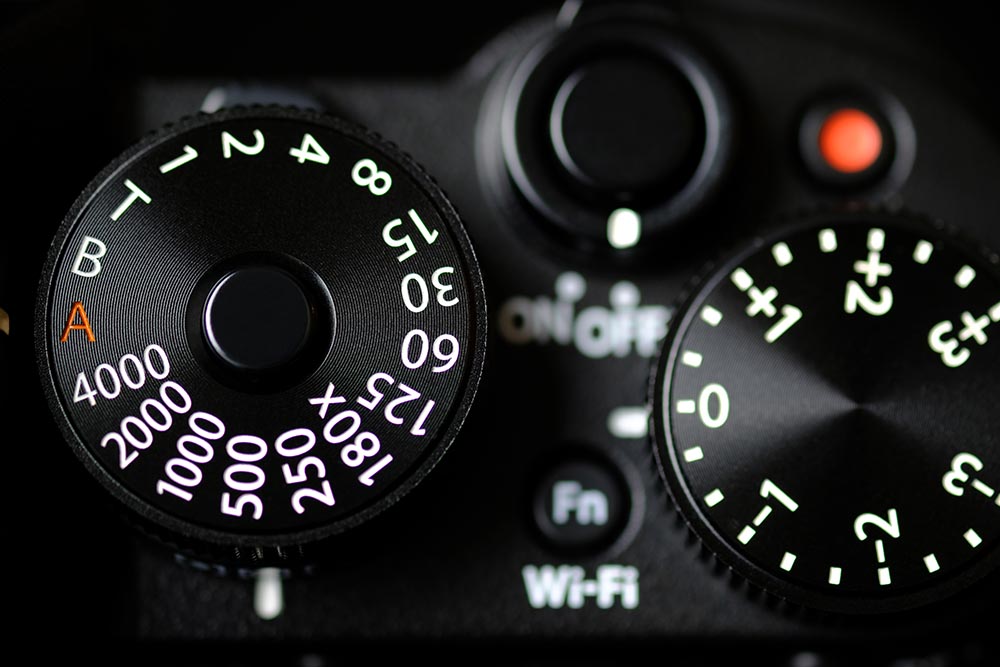
Sports photography is one of the most exciting and atmospheric types of art out there. As with all photography, shutter speed plays an important part in helping you create the image you want.
Generally, a shutter speed of 1/500 or faster will freeze some aspects of the frame, resulting in a photo that’s crisp and sharp, with little blur. Professional sports photographers will use shutter speeds of 1/1000ths of a second, or faster.
But you might not always want a perfectly focused image. Freezing a shot using a fast shutter speed, a technique known as stop-action photography, can sometimes take away the feeling of speed or emotion from a photograph.
The ideal shutter speed for sports will depend on how you want the photo to turn out. In this article, we’ll explore how different shutter speeds can help you take stop-action, blurred motion, and pan action photography.

How Does Shutter Speed Work?
Before we move on to the different techniques used in sports photography, let’s take a quick look at what shutter speed is, and how it affects your photography.
Think of the shutter as a solid curtain that exists inside your camera, between the lens and the light sensors, or the film in analog cameras. When you press the shutter release button on your camera, the shutter is released, exposing the light sensors (or film) to light.
The shutter speed is the time it takes for the shutter to close back up. The longer the shutter remains open, the more likely it is for motion blur to happen.
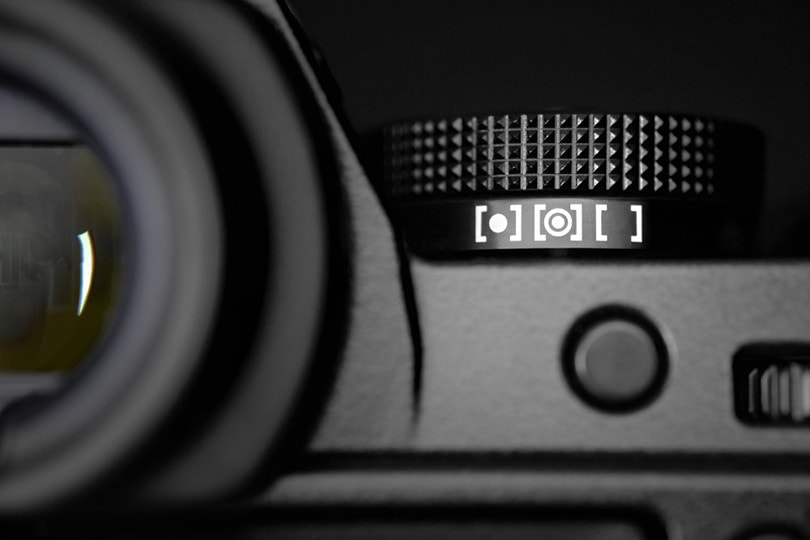
Popular Sports Photography Techniques
Photographers are constantly pushing the boundaries of sports photography by finding new ways and techniques to take exciting shots. Three main techniques rely on the shutter speed setting.
Motion Blur
In blurred motion sports photography, the idea is to capture all the movement that happens within a set time.
For example, by setting up your camera on a tripod and setting the shutter speed to 1/30, the camera will capture everything that happens in that 1/30th of a second onto one frame. Athletes and vehicles racing past will usually appear blurred, while any unmoving objects will remain in focus. For a more dramatic effect, you can slow the shutter speed down to 30 seconds and observe the difference.
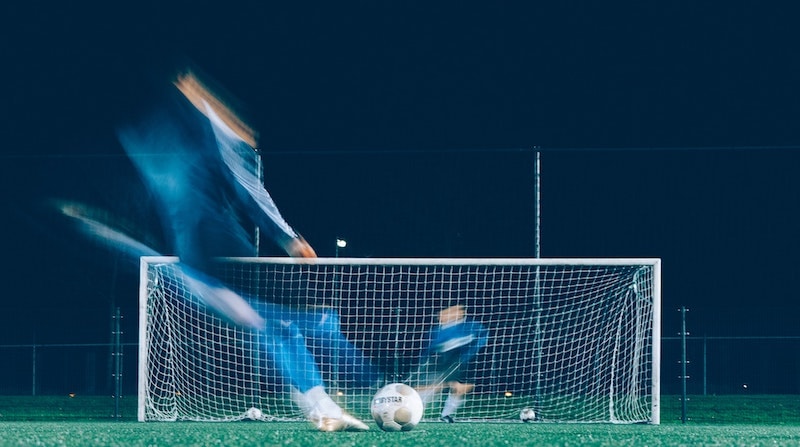
Stop Action
The idea of stop-action photography is to freeze everything within the frame into one crisp and clear photograph. For example, you could capture an image of a figure skater in the middle of a jump—they may be frozen in mid-air, perhaps with small particles of ice bursting up towards their skates.
When used correctly, stop-action, or stop motion photography can be truly striking. The same technique could be used to freeze cars in a race, or football players.
Start at 1/500 for a nice crisp shot. If you find that faster-moving objects are still blurred, adjust the speed accordingly.

Pan Action (Panning Photography)
Panning photography can sound intimidating to anyone who’s never tried the technique, but as with all aspects of photography, practice makes perfect.
The idea of pan-action photography is to keep your shutter speed slow and move the camera along with the subject of your photo. The result should, in theory, show a crisp and focused subject, while the background will be blurred in motion. The effect is much the opposite of a blurred motion photo.
In a blurred motion photo, the stationary background appears clear and focused, while the moving object is blurred. Here, by panning the camera along with the moving object, the reverse is achieved—stationary objects will appear blurred, while the subject remains largely in focus.
For pan-action photography, using a tripod is a must. Set your shutter speed to 1/30, and adjust based on the results.
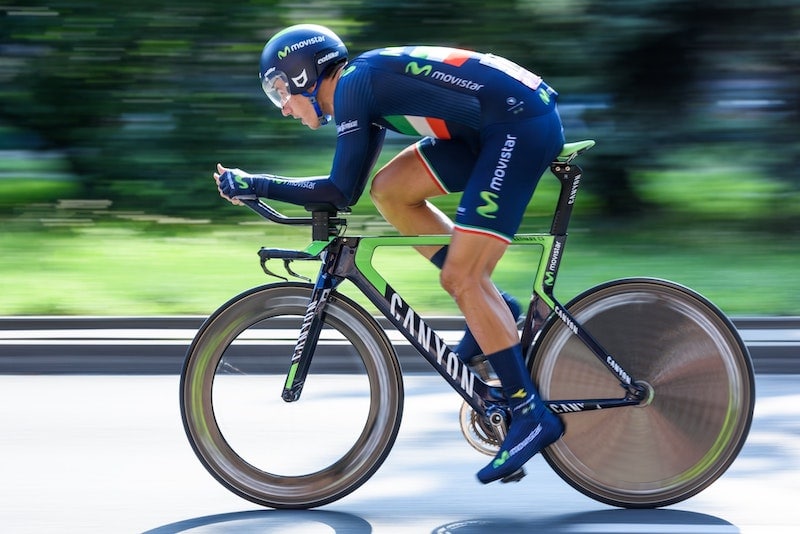
How to Use Burst Mode
Burst mode, also called continuous shooting mode, is usually activated when you hold the shutter release button down on any modern camera. The result is a series of rapid-fire photos taken in quick succession.
Burst mode can be immensely useful for taking pictures of fast-moving sports. Modern sports cameras that use a digital shutter can snap as many as 30 frames per second in burst mode, so even the smallest action goes unmissed!
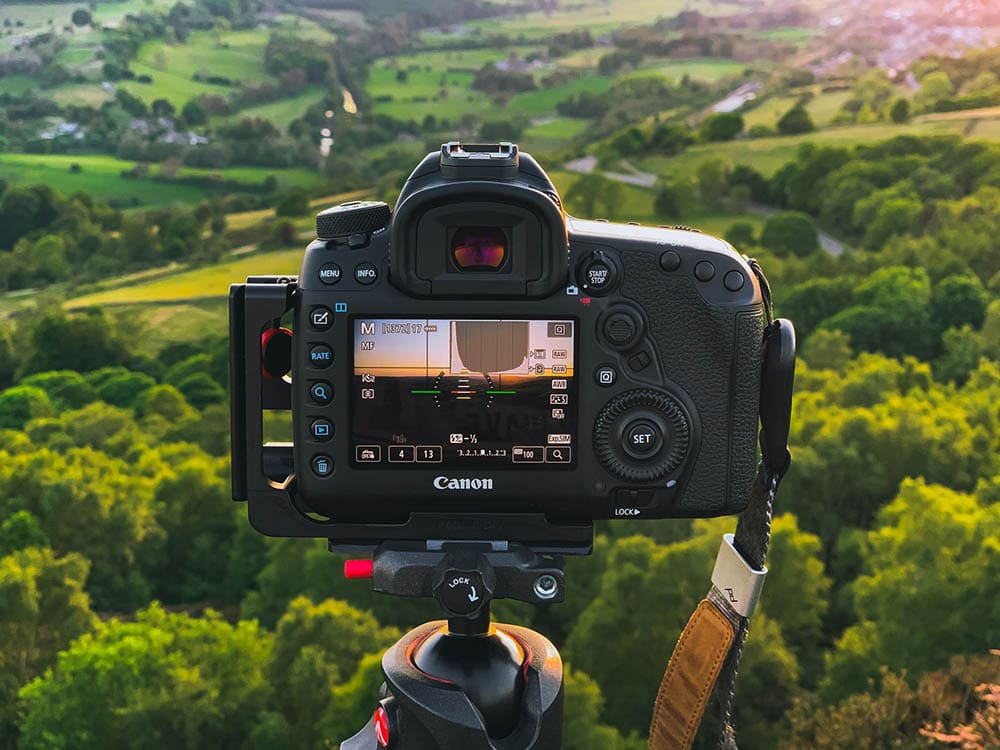
Shutter Speed for Night Sports
One of the basic lessons new photographers learn is that a slow shutter speed equals more exposure to light, and is therefore used for night photography. But in the case of sports, a long exposure will also blur everything you’re trying to capture, so you’ll need to find a balance.
You’ll probably want to keep the shutter speed high, even for low-light sports, but be sure to keep an eye on the exposure throughout. Using a tripod to keep the camera steady is essential, as is another piece of equipment—a good lens.
For low light sports photography, try to keep your shutter speed high, but invest in a good lens with a very wide aperture. A wide aperture will let more light into your camera. Combined with a fast shutter speed, and increased ISO settings, you should still be able to capture a stop-action photograph.
Be careful when you’re adjusting your ISO, however. The higher the ISO setting, the lighter your photograph will appear. But, as ISO increases, so will the noise level of your photos.


Summing Up
Sports photography is like a balancing act between shutter speed, aperture, and ISO. In short, a very fast shutter speed, like 1/1000 will stop motion. A slower shutter speed, like 1/30 or 1/60, will blur any moving objects nicely. For panning, set your shutter speed to 1/30 and pan the camera along, keeping the subject of your photo in focus.
Sports photography can be immensely fun, and we hope this guide will encourage you to go out and experiment with these techniques for yourself!
See also:
Featured Image Credit By: Doubletree Studio, Shutterstock
About the Author Cheryl Regan
Cheryl is a freelance content and copywriter from the United Kingdom. Her interests include hiking and amateur astronomy but focuses her writing on gardening and photography. If she isn't writing she can be found curled up with a coffee and her pet cat.
Related Articles:
How to Clean a Refractor Telescope: Step-by-Step Guide
How to Clean a Telescope Eyepiece: Step-by-Step Guide
How to Clean a Rifle Scope: 8 Expert Tips
Monocular vs Telescope: Differences Explained (With Pictures)
What Is a Monocular Used For? 8 Common Functions
How to Clean a Telescope Mirror: 8 Expert Tips
Brightfield vs Phase Contrast Microscopy: The Differences Explained
SkyCamHD Drone Review: Pros, Cons, FAQ, & Verdict
